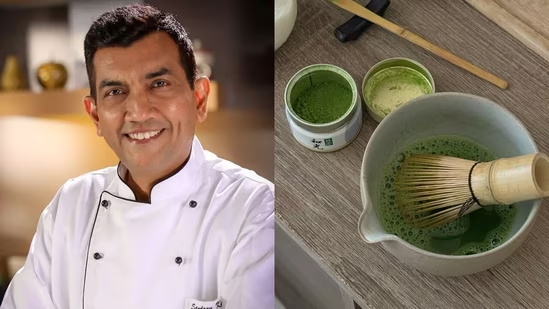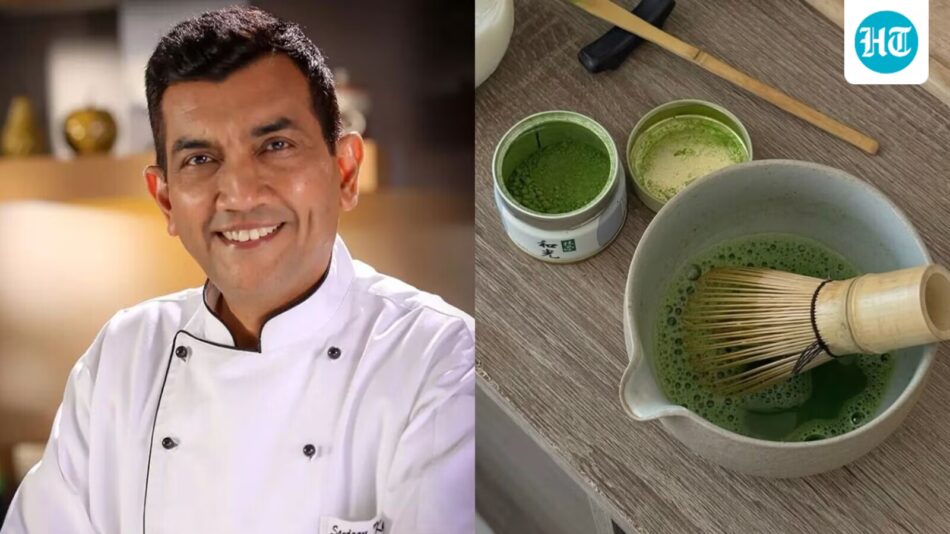In today’s age of social media and viral food trends, Indian GenZ is increasingly experimenting with global flavours – from kombucha and matcha to kimchi and dalgona coffee. But as Chef Sanjeev Kapoor explains in an exclusive interview with HT Lifestyle, while these overseas trends make waves online, they rarely become a staple in Indian diets. Drawing on decades of culinary expertise, Mr Kapoor offers insights into why Indian cuisine, with its rich flavours and health-focused ingredients, continues to resonate with local tastes, and why some foreign trends simply fade away when they cannot be adapted to the Indian palate.

The richness of Indian cuisine
In the interview, the culinarian was asked about his take on Indians, especially the GenZ audience, adopting overseas trends including the craze about kombucha, matcha, kimchi and so on. Chef Kapoor highlights, “We have to understand what is the reason, what is the core, right? And does it make sense? And is there anything that is Indian?” While many of these global food trends are gaining popularity for their supposed health benefits, the chef points out that Indian cuisine has long embraced similar wholesome ingredients and practices as part of everyday eating.
“Let’s talk about Kombucha, right? Kombucha is considered good for your gut. But we also have gut-friendly, all fermented foods. Let’s say Kimchi – it is again, fermented,” said Kapoor. “Our pickles are fermented. Idli, Dosa is fermented. Our yoghurt that we make at home, it’s made with live culture.” He points out that while the West popularised probiotic yoghurt, the homemade curd prepared in Indian households is often even more effective and beneficial – “The probiotic count of our homemade yoghurt is higher than the probiotic count of store-made yoghurt, right? So we have everything.” The chef explains, “It is just that we have always been influenced by the West and that will continue.”
The Indianisation of global tastes
Sanjeev Kapoor points out that everything India has adopted from overseas – from noodles and macaroni to even burgers – has endured only after being tweaked to suit the Indian palate. Those that couldn’t be localised were simply fleeting trends that soon disappeared. “Whatever things come (from the West) – burgers came here – but which burger sells the most among them? Aloo Tikki Burger,” highlights the chef. “The noodles that are sold here – what sells is Masala Noodles, which has the taste of masala. The macaroni that is made here – it is made in a pressure cooker by adding potato, peas, turmeric, and garam masala.” The Indian palate has essentially remained the same. He states, “We are consuming our taste, but we change the form. The consumption has remained Indian.”
Foods that couldn’t be adapted to suit the Indian palate – such as dalgona coffee and matcha – have either vanished or are rarely enjoyed by people. “I give the example of Dalgona Coffee. It came during the COVID time. But where did it go? Nobody knows. Nobody even drank it,” he notes. When asked about his thoughts on matcha, the culinary expert points out that most people order it just to jump on the bandwagon, rather than out of genuine liking. He quips, “That’s why the consumption is very less. How will people drink something bitter? They don’t drink it. The poor guys who do drink it also feel like, ‘Why did I order this? I ordered Matcha latte, but how do I drink it?’”
Ultimately, as Chef Kapoor highlights, while global food trends may spark curiosity, it is the timeless flavours and wholesome practices of Indian cuisine that continue to satisfy both the palate and the health-conscious mind. In India, it seems, taste and tradition always find a way to endure.









